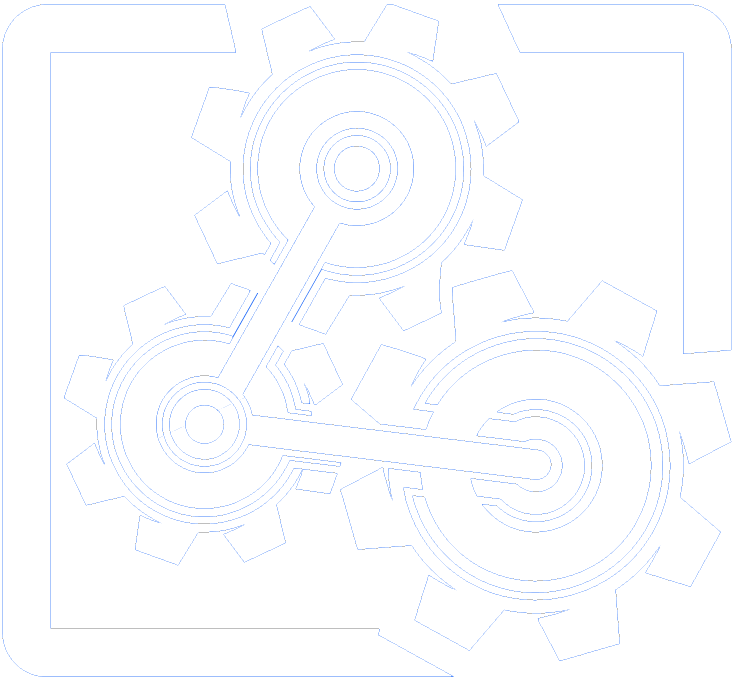Filters & Funnels
What’s the right blend of challenge and support to provide to your employees and/or direct reports? How do you balance accountability and understanding? Where should you demand strict compliance and where do you encourage freedom of action? In short, how do build a great team?
A metaphor that I found to be extremely helpful in sorting out the intricacies of managing people is the idea of Filters and Funnels.
The term “Filter” applies to processes used to sift and sort people, allowing only the right ones through to the next part of the process. Job applications are an easy example here, as are advancement and promotion criteria. The idea here is to build your filter so as to increase the likelihood of getting the right people in front of you and to decrease the likelihood of getting the wrong people in front of you. These filtering processes are infinitely variable, and can be revised as needed, but should still be viewed primarily through the lens of ultimately getting only the best candidates in front of you.
For example, many years ago when I first opened up my café business, I began my hiring process using the filter of “previous café experience” as the main criteria for sorting through large piles of applications and choosing which to follow up on for an interview. Those applicants without café experience on their resumes were simply filtered out, while those with it were filtered in. My rationale at the time was that I might get fewer temperamentally ideal applicants with this filtering restriction in place, but I would be able to train up those who passed much faster since they already had some foundational knowledge in place. However, it turned out that training “experienced” employees to my café’s high standards proved tricky at times, for multiple reasons.
Over time, and through lots of trial and error iterations of changing my filtering criteria, I finally arrived at the end point of putting “friendly disposition” as my main filter for hiring. Sure, this meant sitting through a lot more interviews as personality traits are harder to extract from resumes and applications than previous café experience. However, the importance of getting the “right people” on board made this more effortful filtering process worth it in the end. Afterall, it’s much easier to train friendly people to be competent than it is to train competent people to be friendly!
The term “Funnel”, on the other hand, comes into play when looking at designing systems and processes that are meant to assist in getting a very wide range of diverse people all to some similar level of skill or competence. Funnels can vary in how wide they are at the top, as in what range of people are we willing to start with? They can also vary in how narrow they are at the bottom, as in how constricted and consistent does the outcome need to be? Regardless of opening and exit sizes, the funnel still needs to be considered and designed as seeking the optimal balance between diversity of input available and conformity of output needed.
Going back to my café experience example, I learned that developing a comprehensive training program and process was just the “Funnel” I needed to take any new hire, regardless of their background experience, and train them up to be successful and productive members of our team. And again, these training protocols grew and adapted through trial and error, but eventually coalesced around having a series of structured training modules focused on observable behaviors required to do the job. Basic things like brewing coffee, making sandwiches, and even handling all the recycling were codified into simple steps and procedures that could be easily trained and verified. This training system turned out to be a very effective “funnel” in shepherding over 90% of new hires up to full Barista status in 5 days of training.
The real power of Filters and Funnels comes from combining them together in reciprocal relationships so as to allow the feedback from each to inform the apertures of the other in a dynamic and iterative manner.
Back to the café example one last time. Refining my hiring filter to focus almost solely on friendliness, and refining my training funnels to accommodate a wider range of employee backgrounds for input while still producing very tight behavioral outcomes, allowed me to grow my single café owner-operator business out to a multi-store operation suitable for franchising. This success was entirely dependent on learning from the feedback of earlier iterations of my filters and funnels and then adjusting and monitoring them for progress at each step of the journey.
Where in your Leadership might you be willing to change or adjust your “filtering” mechanisms to get less of what you don’t want and more of what you do want? How might you widen the opening of your “funnels” to get more creativity, novelty, and inspiration into things? Where do you see opportunities to tighten up your systems and processes to get more predictably positive results? Are there places you’d be willing to experiment with some different iterations to see what shifts or improvements might come about as a result? How can you build a better team?

